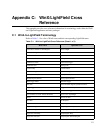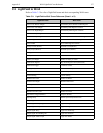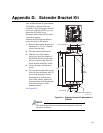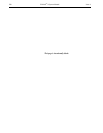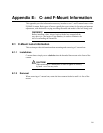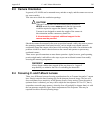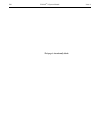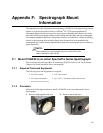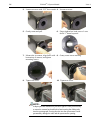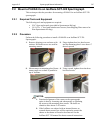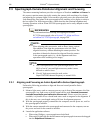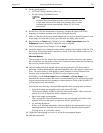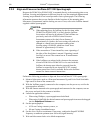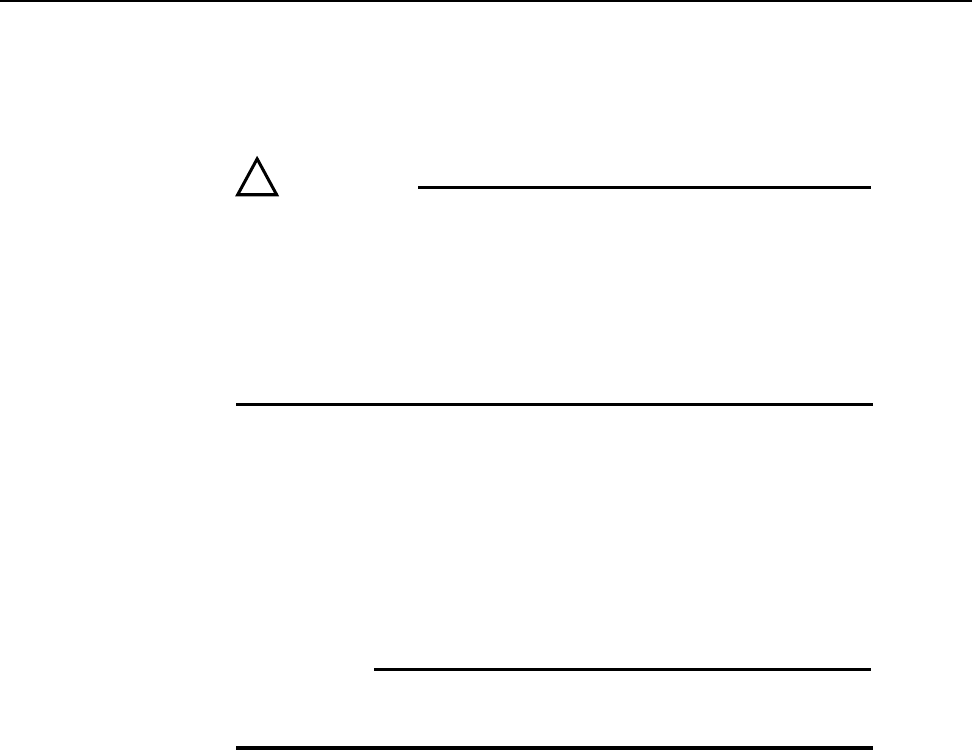
Appendix E C- and F-Mount Information 283
E.3 Camera Orientation
In general, a PI-MAX4 can be mounted at any attitude or angle, and the camera can rest on
any secure surface.
Take care not to block the ventilation openings.
CAUTION!
!
When an F-mount lens has been installed on the PI-MAX4,
NEVER mount the camera nose-up such that the lens mount
would be required to support the camera’s weight. The
F-mount is not designed to sustain the weight of the camera in
this orientation and the camera may break free.
If this orientation is required, additional support for the
camera must be provided.
Should the camera be mounted in the nose-up position beneath a table, take care to protect
the mounting components from lateral stresses, such as might occur should someone
accidentally bump the camera with a knee while working at the table. One solution to this
problem would be to install a barrier between the camera and operator to prevent any
accidental contact.
There are no special constraints on nose-down operation. Again, however, good operating
practice might make it advisable to take steps to prevent accidental contact from unduly
stressing the mounting components.
WARNING!
Always begin with the lens stopped all the way down (i.e., largest f/
stop number,) to minimize the risk of overloading the intensifier.
E.4 Focusing C- and F-Mount Lenses
There is no difference between focusing considerations for an F-mount lens and a C-mount
lens. Simply rotate the lens-focusing ring for the sharpest observed image. The lens will
show maximum focus sensitivity at full aperture (lowest f-stop setting.) Once the point of
optimum focus is obtained, you may wish to adjust the lens aperture to f/8 or f/11, that is,
somewhere near mid-range aperture, where the lens will probably be sharper than it is with
the lens aperture completely open. Some readjustment of the Exposure Time may be
required to achieve the most pleasing image.



